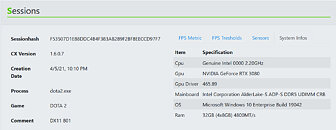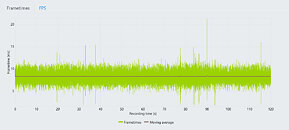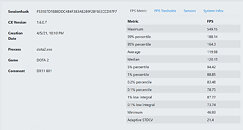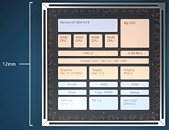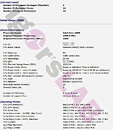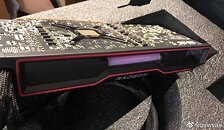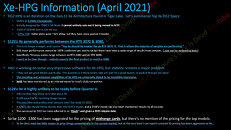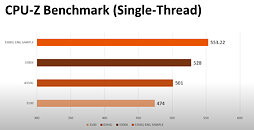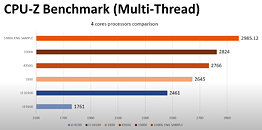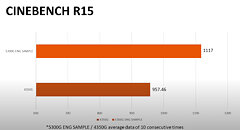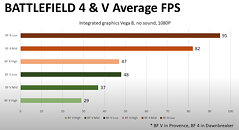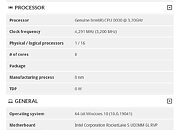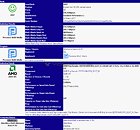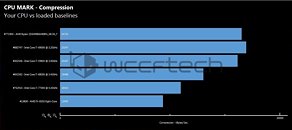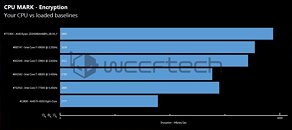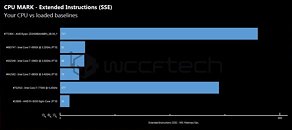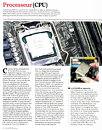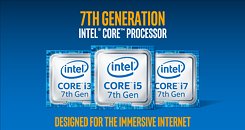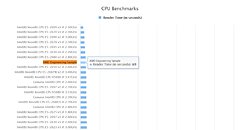
Alleged AMD Ryzen "Granite Ridge" Engineering Samples Pop Up in Shipping Manifests
Shipping manifests appear to be great sources of pre-release information—only a few hours ago, the existence of prototype AMD "Strix Point" and "Fire Range" mobile processors was highlighted by hardware sleuth harukaze5719. A related leak has appeared online fairly quickly after the discovery of laptop-oriented "Zen 5" chips. momomo_us joined in on the fun, with their exposure of speculated desktop silicon. Two brand-new AMD OPN codes have been linked to the upcoming "Granite Ridge" series of AM5 processors.
100-000001404-01 is likely an eight-core/ sixteen-thread "Zen 5" Ryzen CPU with a 170 W TDP—a stepping designation, B0, indicates engineering sample status. The other listing, 100-000001290-21, seems to be an A0-type engineering sample—leaked info suggests that this a six-core/twelve-thread (105 W TDP) next-gen mainstream desktop processor. AMD is likely nearing the finish line with its Ryzen 9000-series—a new generation of chipsets, including X870E, is reportedly in the pipeline. Additionally, VideoCardz posits that a refresh of 700-series boards could be on the cards. "Granite Range" CPUs are expected to retain the current-gen 6 nm client I/O die (cIOD), as sported by "Raphael" Ryzen 7000-series desktop processors.
100-000001404-01 is likely an eight-core/ sixteen-thread "Zen 5" Ryzen CPU with a 170 W TDP—a stepping designation, B0, indicates engineering sample status. The other listing, 100-000001290-21, seems to be an A0-type engineering sample—leaked info suggests that this a six-core/twelve-thread (105 W TDP) next-gen mainstream desktop processor. AMD is likely nearing the finish line with its Ryzen 9000-series—a new generation of chipsets, including X870E, is reportedly in the pipeline. Additionally, VideoCardz posits that a refresh of 700-series boards could be on the cards. "Granite Range" CPUs are expected to retain the current-gen 6 nm client I/O die (cIOD), as sported by "Raphael" Ryzen 7000-series desktop processors.

































